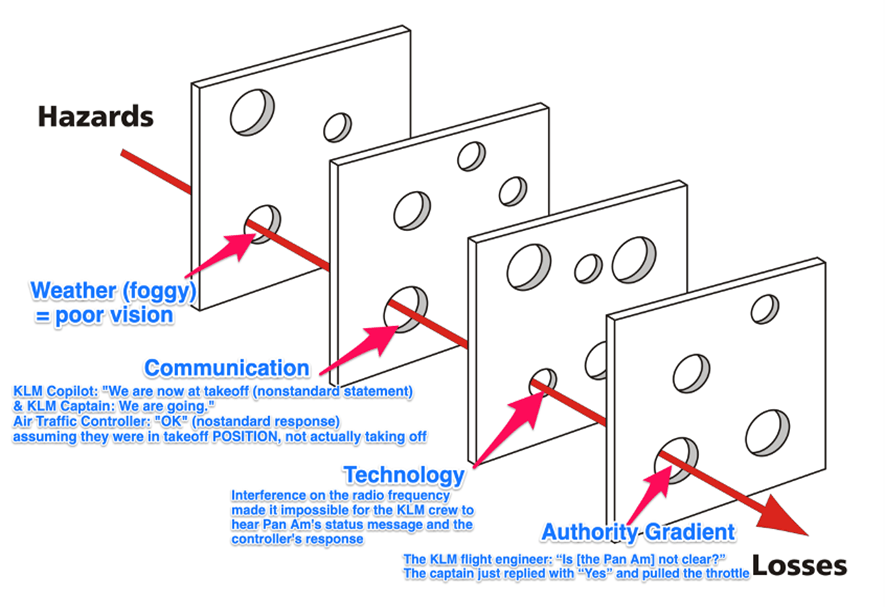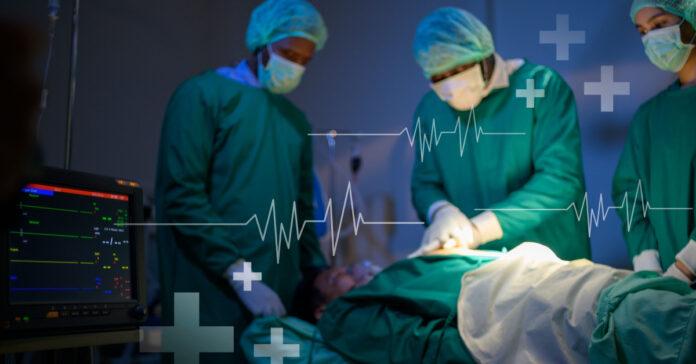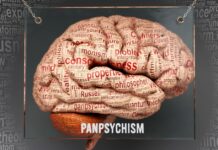There is a British TV quiz show called The Tipping Point and every time I catch a glimpse of it (I never actually watch it!) I am reminded of this very important health principle.
See, doctors think very simplistically and, to them, the disease starts on the day the patient first gets symptoms. This is daft. The disease may have started years or even decades before the first symptoms. The body mechanisms fight valiantly to maintain health, despite increasing stress, to keep symptoms at bay. The defense systems become exhausted over time and finally just cannot cope.
The defenses are overwhelmed. At the risk of too many metaphors, you could liken this to a long siege on a castle or city: the enemy hammers and hammers at the gate but the defenders constantly ward off danger. Then finally comes the day when the walls or gate is breached, the enemy swarm in and it’s all over.

This is the “tipping point” and the patient falls over the precipice into full-blown sickness. The tipping point itself is not even critical; it’s just an event. It’s what happens BEFORE that is the true origin of the disease. It’s the siege.
OK, enough metaphors for now (I’ve plenty more up my sleeve!)
This concept comes, overall, from the field of mathematics, specifically catastrophe theory. According to Wiktionary: It is the point at which a slow, reversible change becomes irreversible, often with dramatic consequences. Another term for this concept you might come across is the “watershed moment”.
The keynote is that everything is potentially reversible UP TO THE TIPPING POINT. So this essay will unfold as a plea for you to not wait until the tipping point arrives. Make a start now! It’s a lot easier to repair something reversible than it is to fix something that’s permanently busted!
The Cascade Effect
We can shed further useful light on this by introducing my concept of a cascade or what I poetically call the “tumbledown” process.
This is not so different than the multiple events that might lead to a plane crash. It takes more than one thing to bring down a plane. Maybe a fuel pipe has corroded and starts to leak. Well that’s not likely to bring a plane down. But suppose the pilot notices the fuel level has gone down in one of the tanks and transfers some fuel to make up the difference. That increases the rate of fuel loss, since both tanks are now being drained, but that won’t bring a plane down either.
Only when the leak continues and the loss of fuel becomes critical. The pilot hasn’t noticed the dangerous extent of fuel loss. There is barely enough fuel to get home. The plane could still make it safely to the runway. Still no crash.
But when a major storm system causes the plane to be re-routed two hundred miles further north, to fly round around the bad weather, disaster in inevitable. Yet there is no one cause of the crash. It’s a cascade of events that leads to the catastrophe. If any one event hadn’t happened, the story would not have played out in full.

In this so-called “swiss cheese model” pertaining to the most deadly plane crash ever (1977), when a full KLM plane cashed into a Pan Am jet, killing 583 people. You can see how several factors lined up to cause the disaster
Disease is a bit like that: a series of small negatives are in place, no one of which would seriously hurt the patient. But together they nibble away at general health and one thing leads to another, until one day there is the start of major symptoms.
As I said, doctors view this as the START of the problem, but really it’s the end. Up until that moment the body was coping—fighting but staying ahead. Then there comes a point, eventually, where the adaptation mechanisms can no longer cope. The ability to self-correct is lost and from that moment the disease APPEARS to start but it has really been long in the making.
I have put it rather brutally. But it seems to me that the vast majority of modern scientifically-oriented doctors see the human being and our ills only in these terms. They are not wrong, so far as it goes. But to limit the paradigm ONLY to this view not just limiting, it is outrageously wrong.
At this simplistic level we find bacteria, viruses and parasites – tangible pathogens. It was a great advance in science to discover that specific diseases can be identified with specific agents in this way; the so-called “germ theory of disease”, pioneered by great figures such as Pasteur and Virchow. It seems so obvious and logical to most people today, we have lost sight of just what a revolution it was. Indeed, this was such a satisfying discovery that most doctors have totally failed to look beyond its comfortable bounds. They are stuck with it and stuck IN it.
One could perhaps wryly christen this the “encounter theory of disease”. It is an inadequate one-dimensional medicine and allows no place for individuality, beyond the person’s own “resistance” or “susceptibility” to disease. Even worse, there seems to be a fixation on effects (results) and little real search for causes, both at the theoretical and diagnostic level.
And remember, the true basis of an illness may have nothing to do with the final stages of breakdown. The disease was simply of reflection of which organ or body system broke down—what doctors like me call “end-organ failure”. Thus, for example, a milk allergy could lead to asthma (lungs), arthritis (joints), colitis (bowel), migraine (head vasculature), eczema (skin) and so on. If my own work in the field of allergy and clinical ecology has shown anything, it is that there are significantly more triggers for disease at this level than was previously supposed.
Let’s sum up then…
Learning #1.
If you are reckless with your health, you’ll pay the price. Sooner—or later—but you will have to pay. The trouble is, there is no going back. Please spend your health brownie points slowly and carefully! (another metaphor!)
Learning #2.
Don’t make excuses. If you are a bit naughty here and there, sure the individual amounts may be small—but they add up! Lots of little things run together can add up to enough to crash the plane! So don’t think that a little bit of alcohol, now and again, plus a bit of junk food here and there, plus being a bit lazy and not taking enough exercise, plus only one small teaspoon of sugar in your coffee, PLUS… etc. etc.
It adds up! Little indiscretions, if there are several of them, can become dangerous hazards.
Regards,
Prof. Keith Scott-Mumby
The Official Alternative Doctor




